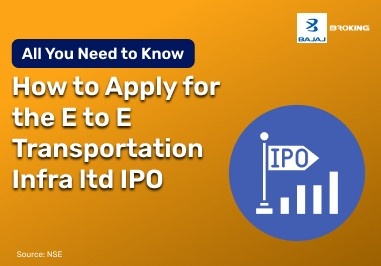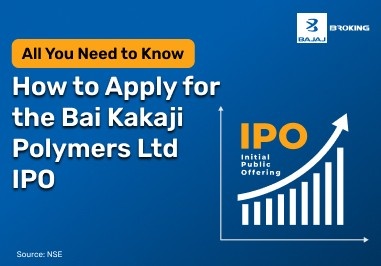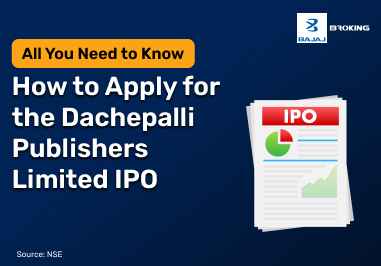Types of Bond Risk
The exact nature of risks associated with investing in bonds depends primarily on the type of bond you purchase. Broadly, these are the types of risks associated with bonds that you need to be prepared for.
Interest Rate Risk
This is the risk of the bond’s price falling as the interest rates in the market rise. If the interest rates are on an upward trajectory, newly issued bonds will offer more attractive coupon payments than the bonds you hold, which carry older and lower interest rates. As a result, the prices of the old bonds become less attractive for investors, who will prefer to buy the new bonds with higher interest rates.
To Manage the Interest Rate Risk:
You can consider investing in short-term bonds instead of long-term bonds, provided they align with your goals.
Inflation Risk
Inflation is the decrease in purchasing power over time. This is why inflation risk is also known as purchasing power risk. It is the risk of the bond yield not being enough to combat the effect of inflation. So, over time, the inflation-adjusted returns from bonds will reduce even if the coupon rate remains the same. This type of bond risk is common in most bonds that offer fixed or floating interest rates that do not account for inflation.
To Manage the Inflation Risk:
You can invest in inflation-indexed bonds, which are benchmarked against inflation-based indices.
Credit Risk
One of the most common types of risks associated with investing in bonds, the credit risk is the possibility of the issuer not being able to meet their financial obligations towards the investor. In other words, they may not be able to make the coupon payments or repay the par value of the bond. This bond risk is negligible in government bonds but is higher in corporate bonds — particularly if the instrument is issued by companies with low credit ratings.
To Manage the Credit Risk:
You can invest in government bonds that are backed by a sovereign guarantee or in highly rated corporate bonds.
Liquidity Risk
This type of bond risk occurs when you are unable to sell the bonds you hold due to a lack of buyers in the market. This is common in narrow markets with low trading volumes and high bid-ask spreads. If the liquidity risk is too great, you may have to hold the bond till maturity. This could be unfavourable if you need the funds urgently to meet an emergency financial requirement.
To Manage the Liquidity Risk:
Ensure that you do not invest funds you need over the short term in bonds with a long-term maturity period.
Call Risk
This is a risk associated with bonds that carry a call option. If the interest rates in the market decline, the companies that issued the bonds may find bank loan rates more favourable than the coupon rates they need to pay investors. So, they may refinance their debts and call back the bonds. As an investor, you will then have to redirect the sale proceeds to a different asset, often at lower interest rates.
To Manage the Call Risk:
You can diversify your portfolio to include both callable and non-callable bonds or choose bonds with high call premiums.
Rating Risk
Corporate bonds are evaluated and rated by credit rating agencies based on the company’s ability to repay its debts. A company that is creditworthy today may lose its credit standing tomorrow. This, in turn, could result in a downgrade of its credit score. Consequently, the bonds it issues will also be considered poorly rated in terms of credit. This will affect the price of the bonds.
To Manage the Rating Risk:
You can monitor the company’s performance and keep track of its news to know on time if it loses its creditworthiness.
Systematic Risk
This type of bond risk is also known as market risk. It refers to the possibility of the entire market or market segment declining and performing poorly. As an investor, you have little to no control over market risks. This is because it is linked to macroscopic factors like geopolitical events, changes in the economy and the like. On account of systematic risk, no matter how good your bond is, it may still be negatively affected.
To Manage the Systematic Risk:
You can diversify your portfolio to reduce the effect of systematic risks to a certain extent.
Conclusion
Before you start investing in these debt securities, you need to account for the above-mentioned types of risk in bonds. By factoring them into your trading or investment plan, you can maintain a favourable risk-reward ratio and ensure that your capital is not eroded due to unforeseen risks. That said, not all risks involved in bond investment can be eliminated completely. Some can only be managed. The trick is to manage them smartly.
Understanding the types of risk in bonds is crucial for any investor looking to navigate the bond market effectively. By being aware of these types of risk in bonds, you can make more informed decisions and better protect your investments.
Additional Read: What is a Bond?















